20 Runnymede Street
At the height of the bay whaling industry in the 1830s, Hobart was a leading international whaling port. Whale oil was one of Tasmania’s most valuable exports. Shipwrights, sailmakers and ship chandlers, coopers, smiths, food provedores, waterside workers and lodging-housekeepers all depended on whaling for their livelihood.
As bay whaling declined in the 1840s, it was replaced by deep-sea sperm whaling enterprises that required much greater capital investment.
One such merchant was Alexander McGregor. He and his brother, John, ran a large shipyard on the Hobart domain during the 1850s–60s, during which time Alexander emerged as an influential deep-sea whaling and trading merchant, with the largest individually owned fleet of sailing ships south of the equator. In the late 1870s, McGregor rebuilt the original Lenna cottage, transforming it into a grand home that demonstrated wealth and influence.
As the 19th century drew to an end, McGregor recognised that the potential for sperm whaling was limited and diversified his interests. At the time of his death in 1896, he presided over a thriving general merchant seafaring business.
The changing scale of trade, and the necessary improvements to port facilities with the introduction of larger, faster ships and steam vessels, forced out small businesses in favour of larger concerns. New finger piers and the large Princes Wharf storage sheds left the stone warehouses on Salamanca Place empty. They were initially recycled for light industry and other businesses and for the boutique, restaurant and arts precinct of today.
… the clerestory gave him an eagle-eye view to see what ships were coming up the river. If it was a trader, he would order his watermen out to be the first to meet it and guide it into dock like tug boats do today.
Listen
Lenna has a commanding position over Sullivans Cove and the Derwent estuary.
McGregor capitalised on this by building the unique clerestory, or lookout tower with windows, at the top of his building.
The clerestory gave him an eagle-eye view to see what ships were coming up the river. He could see the Marine Board’s flags at the top of Mount Nelson signalling which country the ship was coming from. If it was a trader, he would order his watermen out to be the first to meet it and guide it into dock like tug boats do today.
By reaching the ship first, the watermen could find out what cargo it was carrying and notify McGregor. This helped make him very wealthy.
– Robert Vincent, Heritage Architect
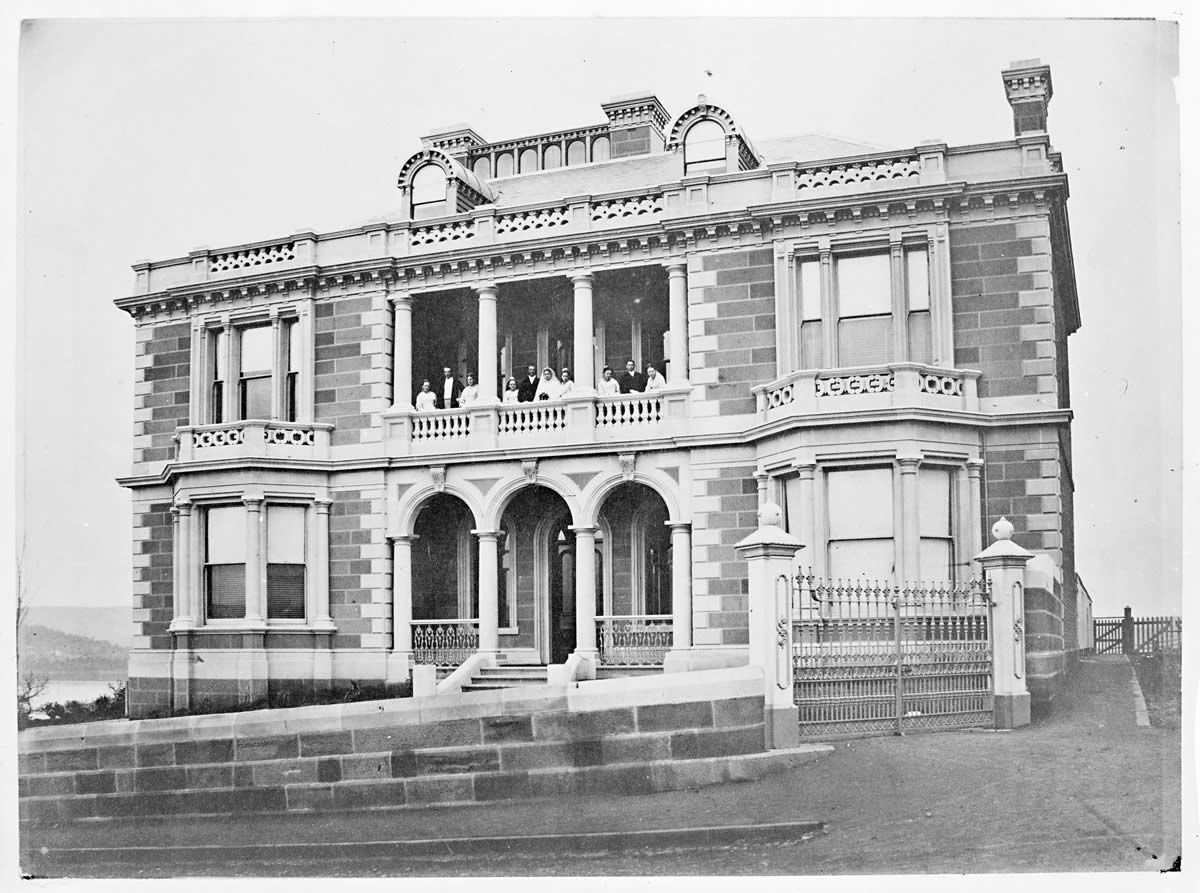
Living in style – McGregor family on the balcony for a wedding, Lenna 1870
The building is a fine example of Italian Renaissance style of architecture that was fashionable in the later half of the 19th century.
Source
Tasmanian Archive and Heritage Office PH30 1 7562
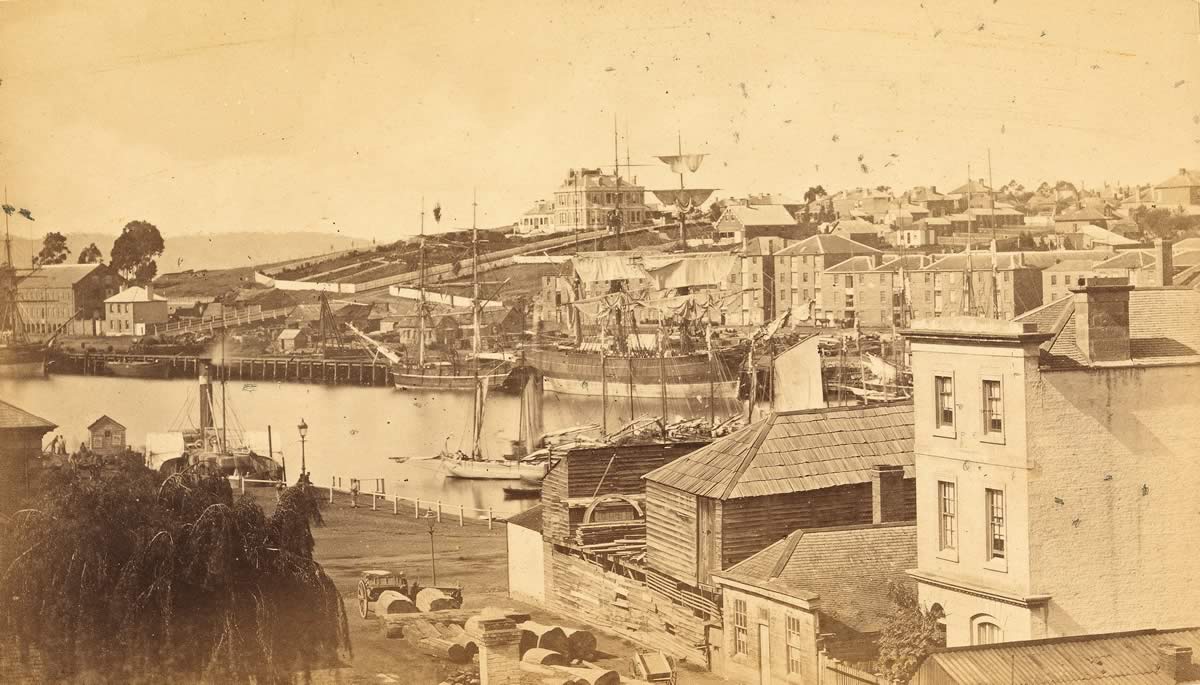
Lenna c1878
Note the original Bayley cottage to the left of the Italian Renaissance extension. The garden has just been laid out.
Photographer
Anson Bros, Tasmanian Archive and Heritage Office AUTAS001136156981j2k
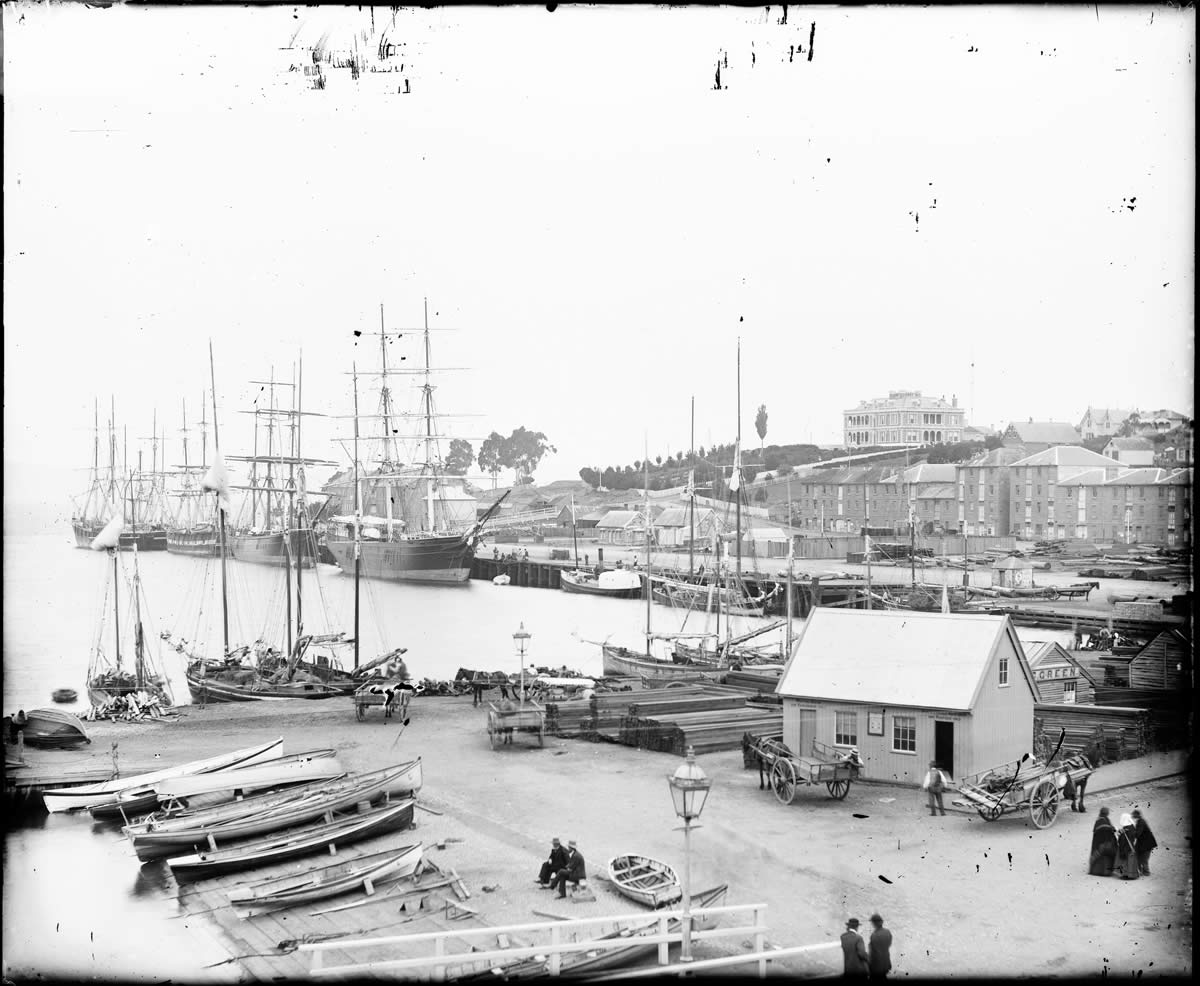
Lenna and its extensive garden above Waterman’s Dock c1895
Notice the cottage has now been completely incorporated into the grand home.
Source
Tasmanian Archive and Heritage Office NS1031 1 366
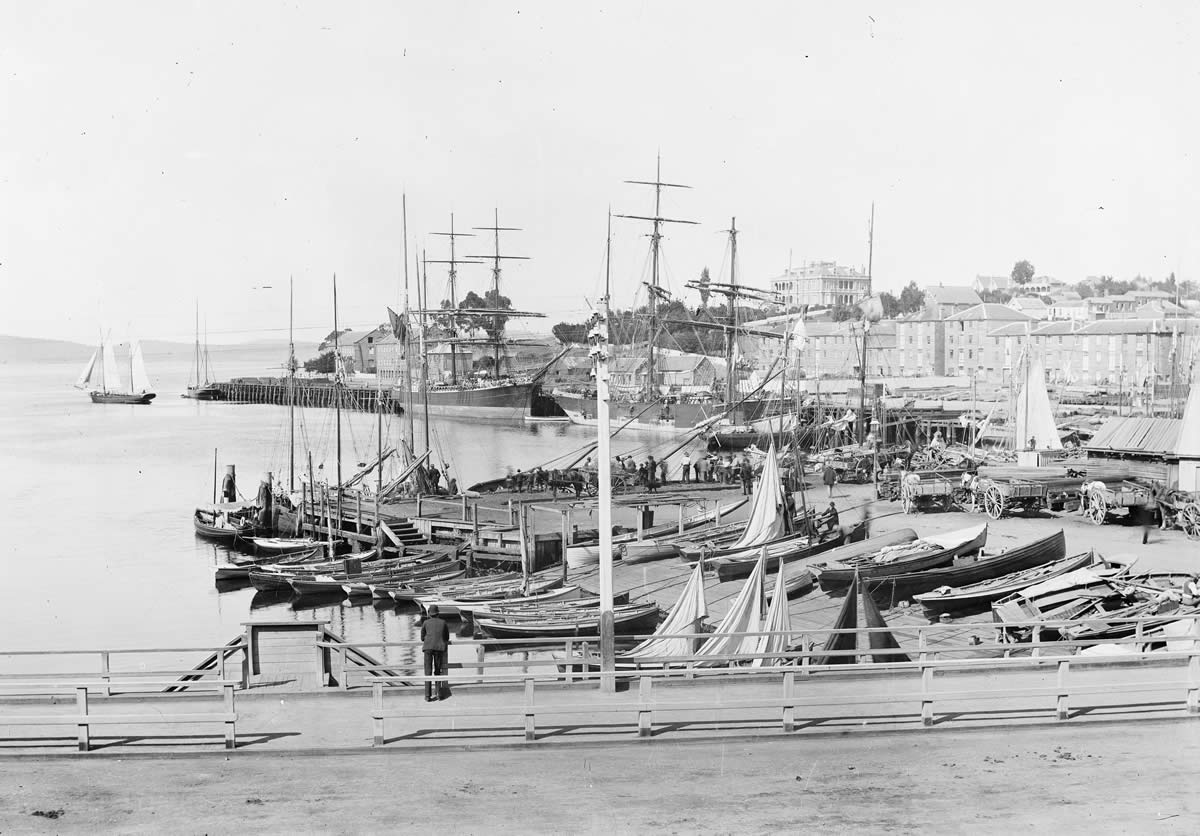
Hobart Wharves and Battery Point
Lenna overlooking the harbour.
Source
Tasmanian Archive and Heritage Office NS543 1 742
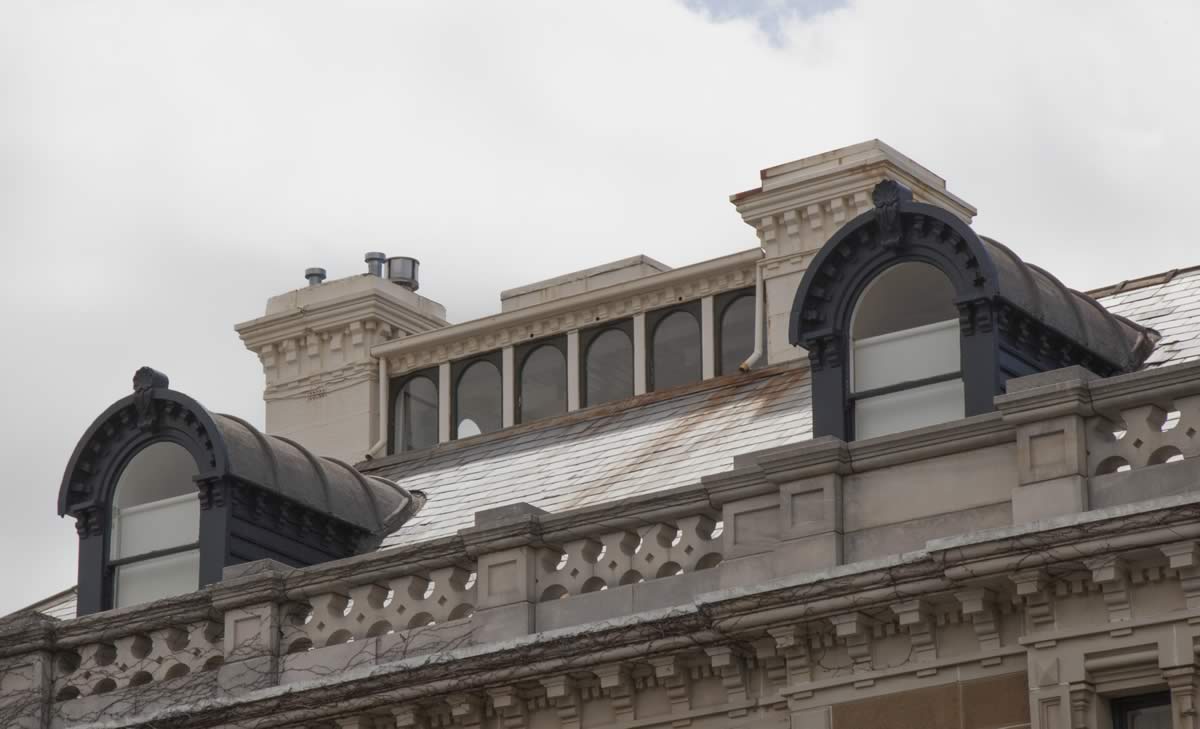
Lenna lookout 2015
Lenna’s clerestorey lookout like a turret above the dormers, gave Alexander McGregor a commanding view over the harbour and the Derwent estuary.
Photo
Private collection
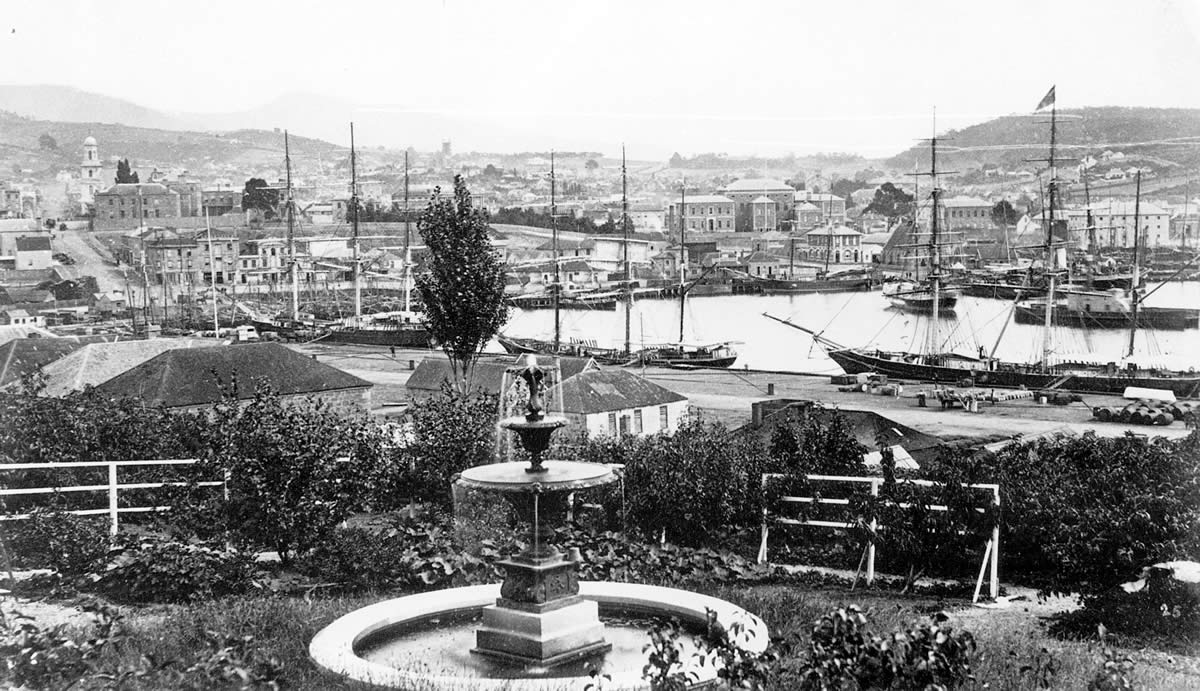
Fountain in Lenna’s garden c1880s
From Lenna, McGregor had a commanding view of the harbour, which was the transport and industrial hub of Hobart. This provided him with a commercial advantage as he could oversee his own vessels and also observe other shipping movements.
Source
Tasmanian Museum and Art Gallery Q380
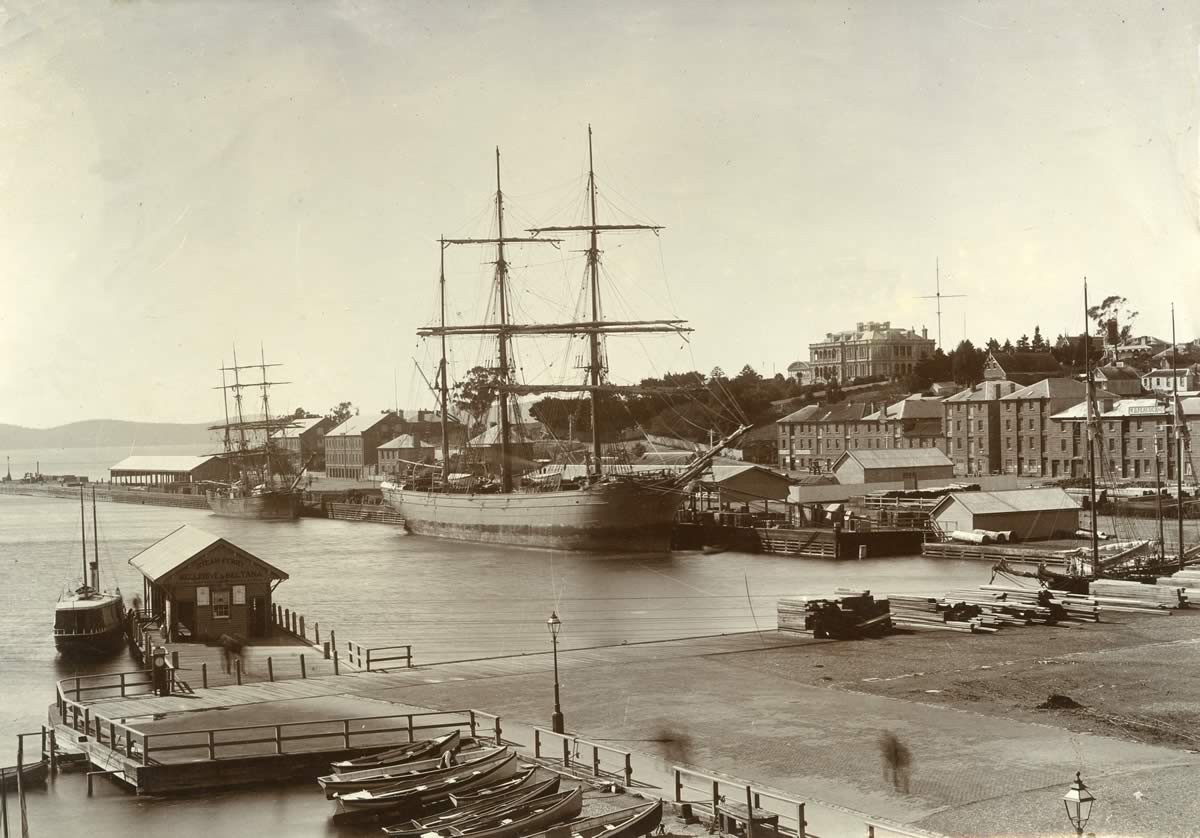
Lenna c1905
The garden has grown and there is now a glass conservatory to the left of the main building. Note the watermens’ boats in the foreground. Before steam tugs, these boats were used to manoeuvre larger vessels as they entered the harbor.
Source
Colin Dennison Collection
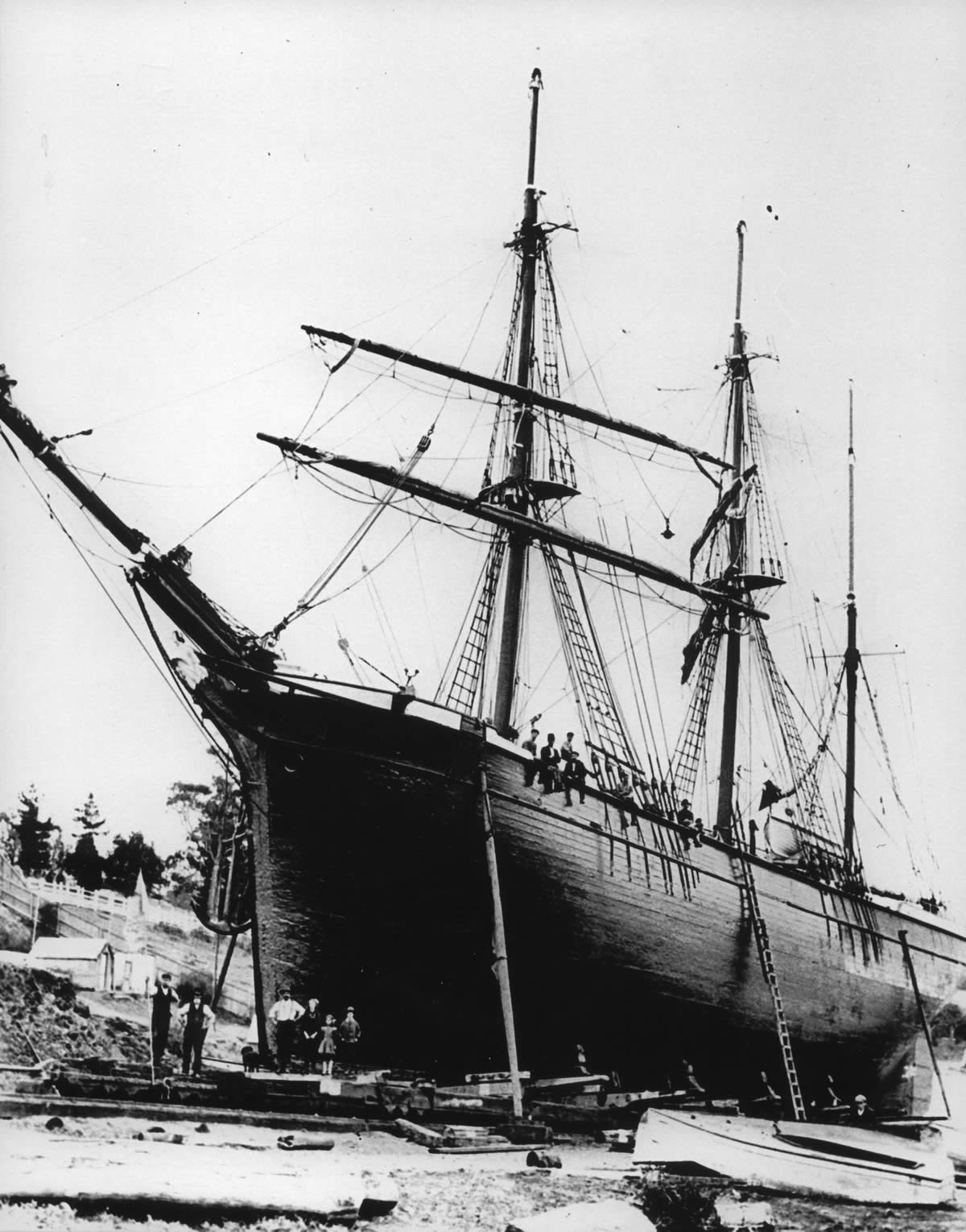
Barque Helen on McGregor’s domain slip
The Helen was the last whaler to operate out of Hobart.
Source
Maritime Museum of Tamania
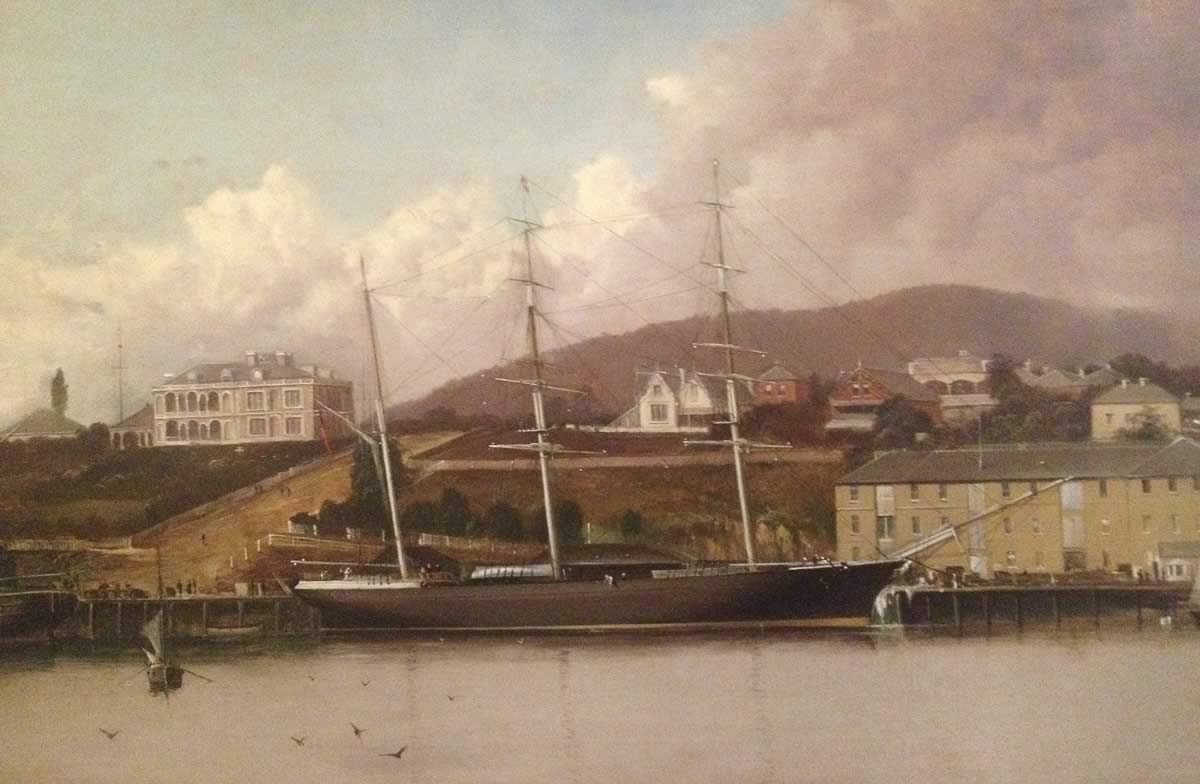
Hillcrest, opposite Lenna, was built by John McGregor
Alexander’s brother and partner in the shipbuilding business, John, lived in Hillcrest to the right of Lenna, between the masts of the ship, Ethel. Both brothers extended earlier modest cottages.
Artist
Haughton Forrest, Tasmanian Museum and Art Gallery
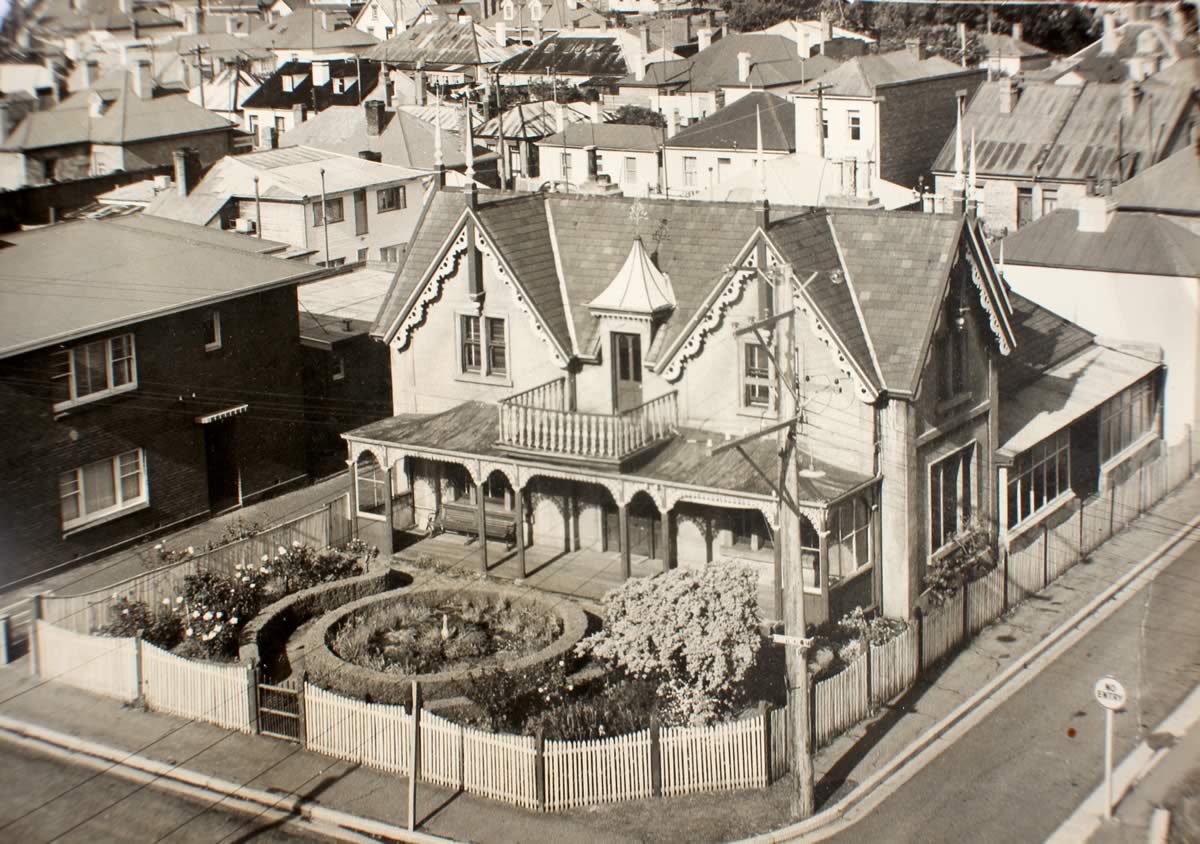
Hillcrest built by John McGregor, brother of Alexander
The original colonial cottage at the corner of McGregor Street and Runnymede Street with a closed-in verandah. The High Gothic Revival front was added to the cottage in the 1880s.
Source
Private collection
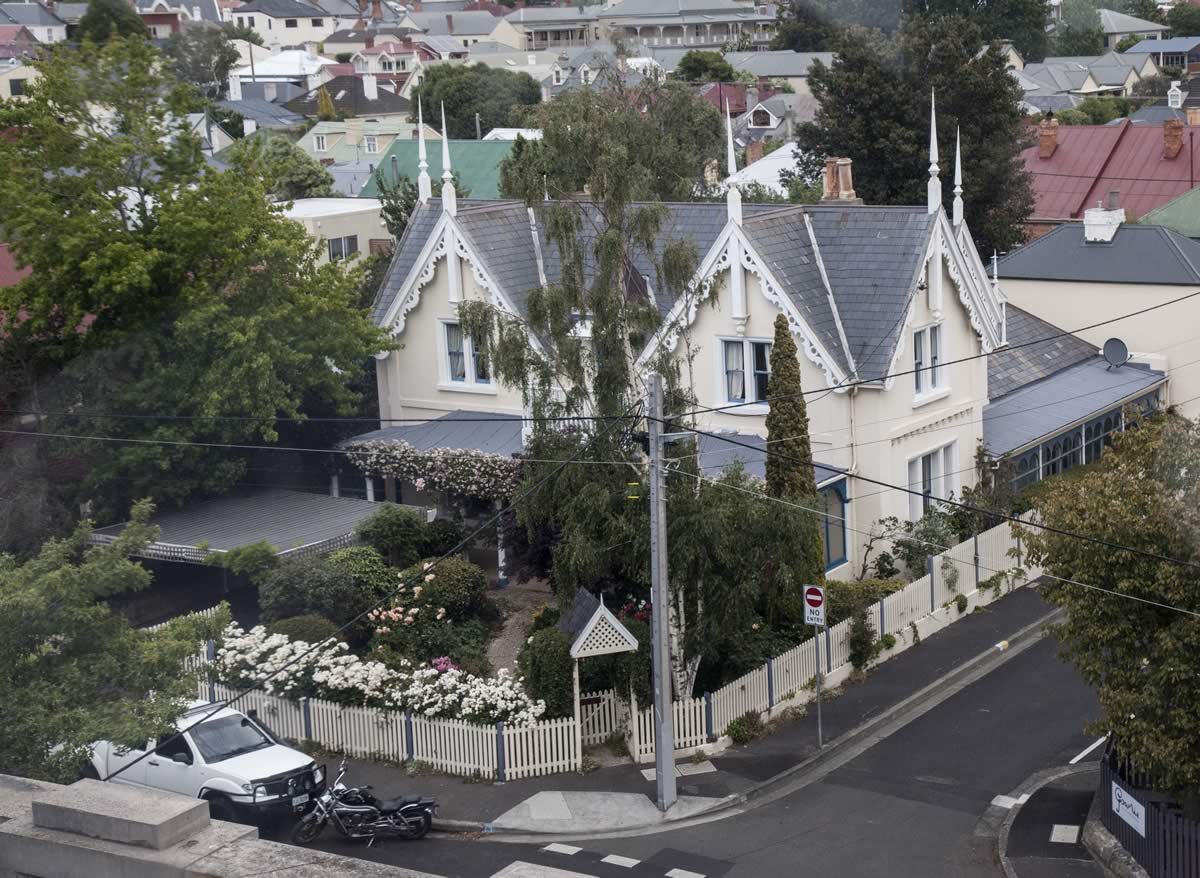
Hillcrest 2015
On the corner of McGregor Street and Runnymede Street opposite Lenna. The site of Lady Gowrie was originally the horse paddock in front of the McGregor stables, which is now a B&B further along McGregor Street.
Photo
Private collection
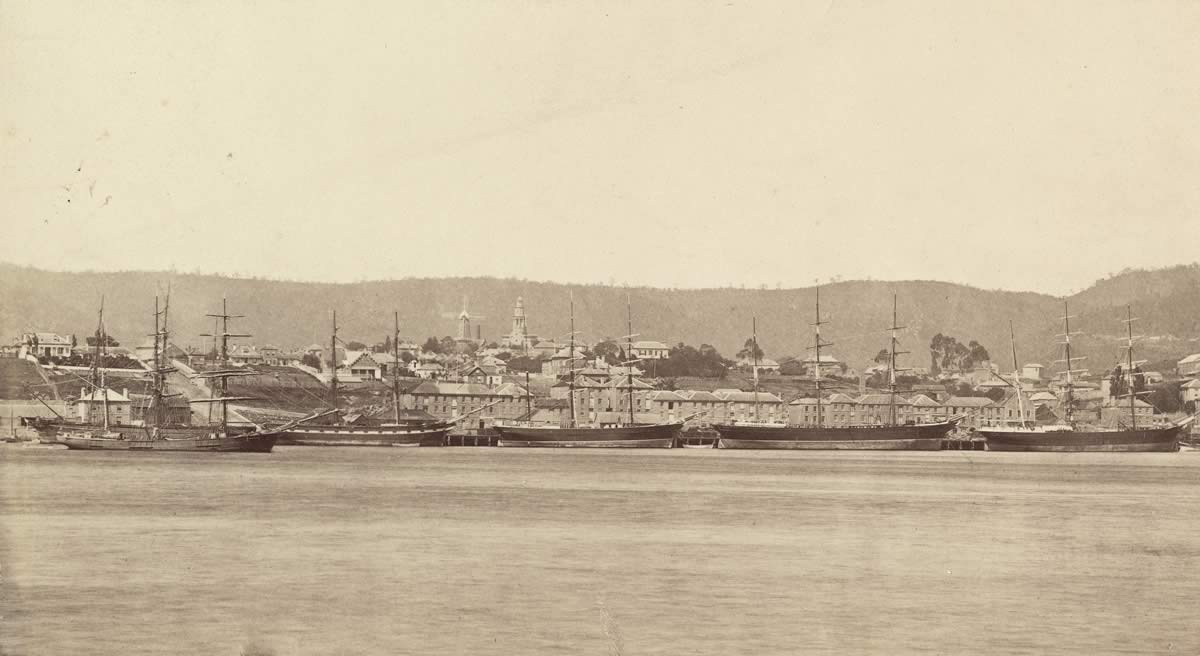
New Wharf with Battery Point in background c1870
Harriet McGregor, third from the left, was built in the McGregor’s Domain slipyards. She traded between Hobart and England for many years. From left: Waterwitch, Helen, Harriet McGregor, Lufra and the Ethel at New Wharf, all McGregor vessels.
Source
Photographer Baily, Henry Hall, W.L. Crowther Library, Tasmanian Archive and Heritage Office AUTAS001136190253
